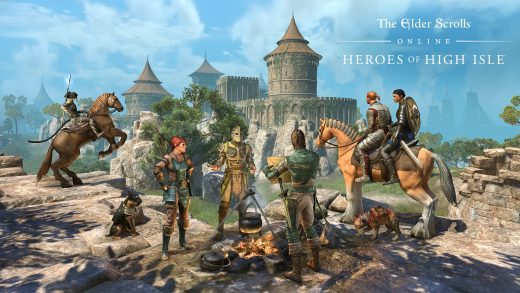
Supplied
An engraving of the arrival of Grafton wreck survivors on Rakiura/Stewart Island in 1865.
Port Adventure on Rakiura/Stewart Island features in the remarkable story Wrecked on a Reef in which three of the survivors of the Grafton wreck on Auckland Island make the perilous journey to safety in a small boat.
After six days at sea, their frail craft made landfall at Port Adventure on July 24 1865.
Author Francois Raynal wrote: “ At first we saw around us nothing but desert shores; there was no sign of the presence of man. The swell which entered the port, and which flowed back violently after being broken on the shore, compelled us to beat to windward: we advanced slowly, and with great difficulty: our hands were swollen and scarred by the double effect of the cold and the salt water; we could not seize the ropes without experiencing the sharpest pains; and we were too weak to continue our manoeuvre.
At length, on doubling a headland, we caught sight of a small creek, fringed with huts and gardens. This long-desired spectacle drew from us a feeble cry of joy.
Truly it was a charming picture, the ideal of a happy and tranquil life. On the shore a white man was walking, and caressing from time to time a large Newfoundland dog which trotted by his side. On the threshold of one of the huts a group of Maories, in various attitudes, were conversing and gesticulating.
A few moments and our boat touched the shore. The crowd surrounded it. The feverish energy which had supported us in our desperate struggle abandoned us. Alick swooned. It was with the utmost difficulty that Musgrave and I could falter out any answers to the questions addressed to us.
READ MORE:
* The day they toppled the trooper
* Garston’s tradition of slippery recreational satisfactions
* How Alexander Graham Bell lost interest in the telephone
The rise of Johnny Jones
Johnny Jones, best known as a whaler, was born in 1809 and in his youth he went sealing before buying a skiff and establishing himself as a Sydney waterman. He traded in whale oil, stock and land and by the age of 21 he had shares in three whaling ships, eventually owning seven shore whaling stations in Fiordland, Otago and Foveaux Strait and claiming ownership of two million acres of the South Island.
In 1835 he went into partnership with Edwin Palmer and bought the Sydney Packet to transport the oil from his stations to Sydney. His property at Waikouaiti north of Dunedin was the first organised European settlement on the South Island’s east coast. Jones was both generous and possessed of a fiery temper. Uncultured and handy with his fists, he was a significant pioneer in the south.
Edward Shortland said, “Mr. Jones’ history afforded one of many instances of the rapidity with which persons, in New South Wales, have elevated themselves from a lowly position to one of great wealth.”
Not a bad crop
Huge carrots were grown in the south in the 1950s.
By Mavora MacKenzie’s account: “A gang of men moved along the rows and loosened the carrots with spades, then returned to the start and pulled them by hand. The sacks went by lorry to the Rabbit Board up Central.”
The carrots weighed up to 5.4kg.
Southland’s vegetables reach legendary size. A bushman, Alf Burton, was asked by a wag of he could borrow his cross-cut saw to cut up a pumpkin.
“I’m sorry but you can’t,” said Burton. “It’s out the back jammed in a carrot.”


